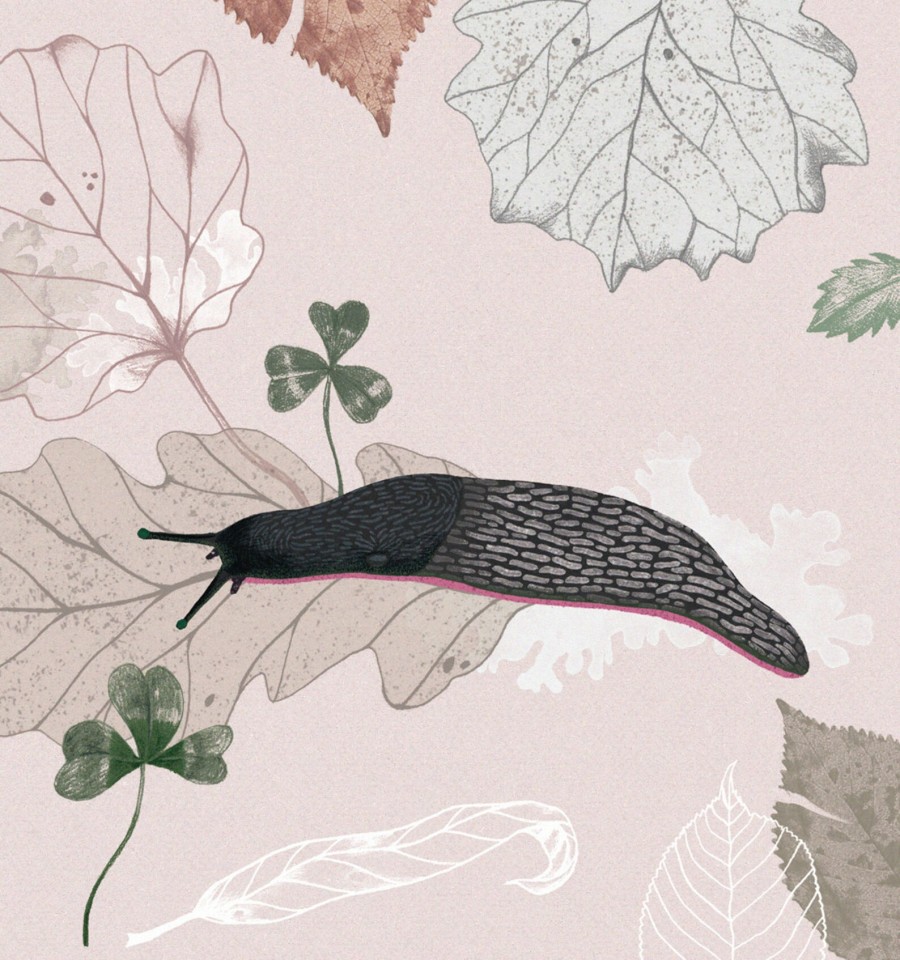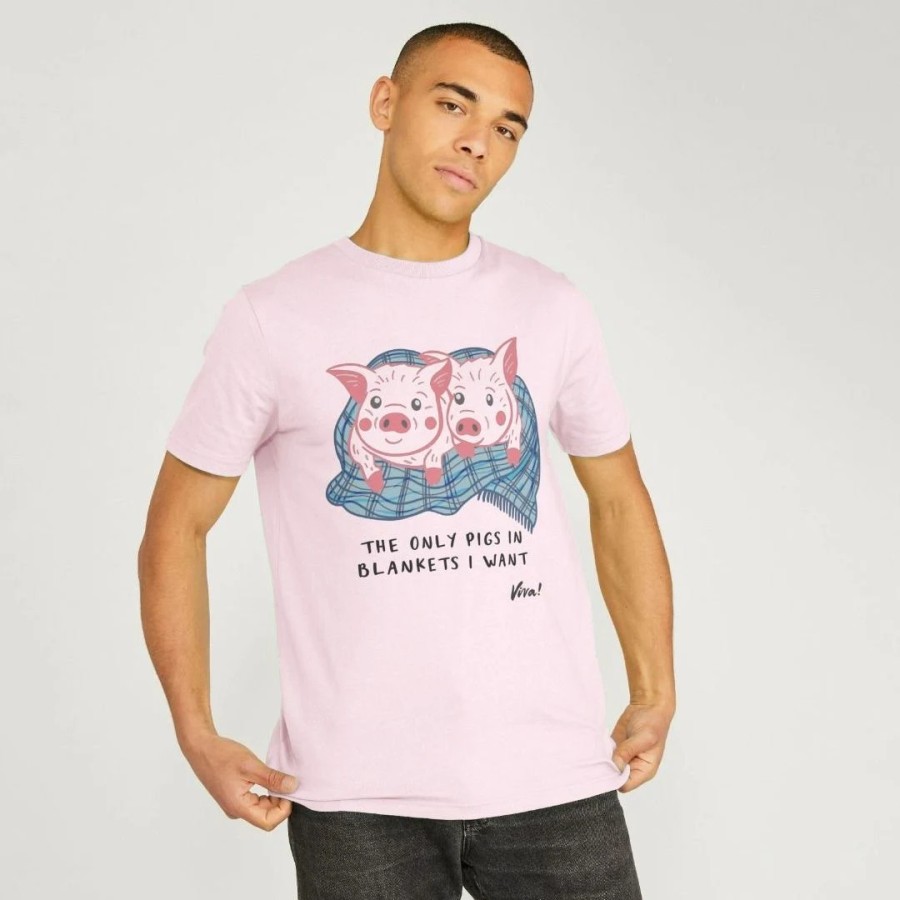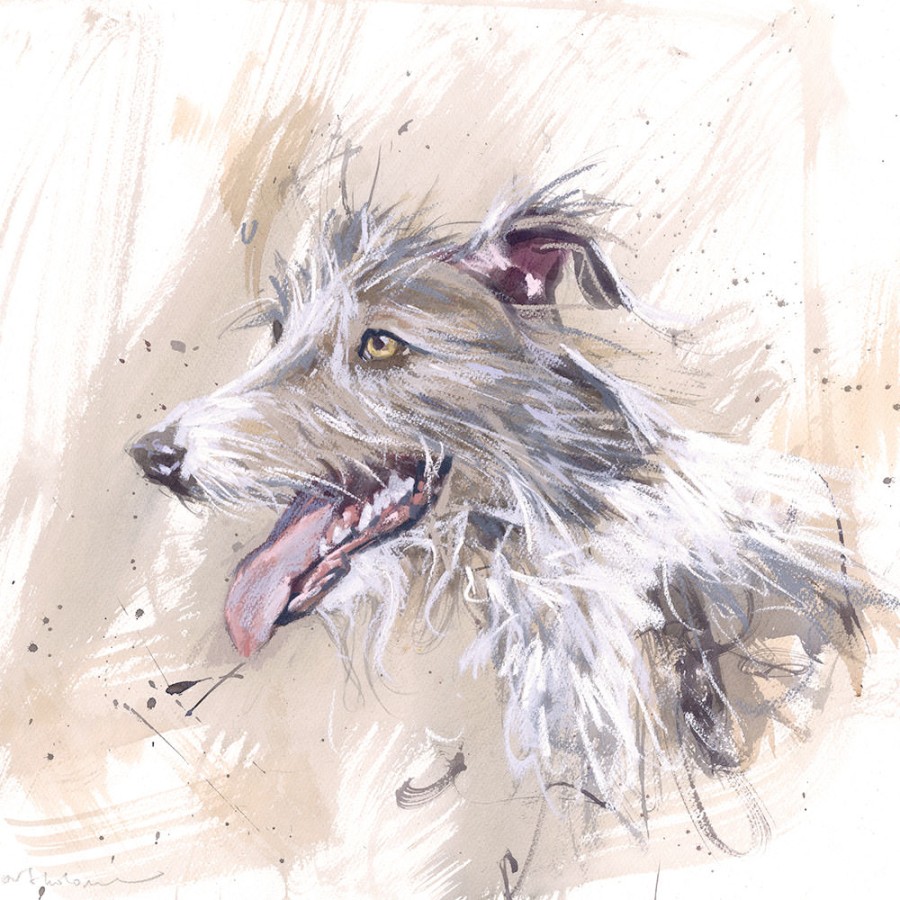
Garden centres are filled with chemicals to kill snails and slugs, but they provide food for birds and wildlife, and most slug killers are toxic to pets and wildlife (even ‘safe’ organiac iron phosphate versions that cause awful deaths).
Keep dogs away from slugs/snails (and frogs) to avoid sometimes-fatal lungworm. Symptoms (which may take weeks to appear) are coughing, lethargy, abnormal breathing and bleeding. It’s a medical emergency. Change water in outdoor bowls regularly and make your garden safe for pets.
Grandmother Ruth Brooks won a BBC Radio 4 competition as England’s top amateur scientist, for her discovery on homing instincts of snails. Her ruthless vendetta against snails turned into a journey of wonder, as ‘dumped snails’ in a far-off wood would return back home! She eventually gave up and read up on the surprisingly romantic life of snails and realised that it’s good to enjoy slow life, and accept snails are here to stay!
Snails are the world’s slowest creatures who use ‘muscular feet’ to move, navigating using tentacles (freshwater and marine snails breathe through gills, just like fish). They live on dead bark, herbs, fungi, algae and animal scat, and lay up to 100 eggs (up to half will hatch). Slugs are similar, but due to no shell they live underground to avoid the sun, and only come out when it rains (they hibernate in winter).
garden organically to help all creatures
Most slug pellets no longer contain metaldehyde or methiocarb (banned as pets and earthworms were dying). But all slug pellets are dangerous for pets (many resemble dried kibble and just a couple could kill – symptoms include depression, wobbly gait, seizures, rapid flicking eyes or hypothermia which can take hours to show up). Most slug pellets contain iron phosphate, but often companies add extra substances to make them break down easier, which can harm hedgehogs, frogs, slow worms, beetles and garden birds (that eat slugs or crack shells to eat snails).
Although slugs find it hard to ‘slither over things’, broken glass or gravel can get stuck in pet paws. Spices, salt, beer or coffee grounds could harm pets or wildlife. Human hair can choke/strangle baby birds.
inventions to humanely deter slugs & snails
Take garden chemicals to the tip (or bin securely) and instead garden organically, which attracts natural predators like birds. Leave log piles and ‘hidden areas’ to attract hedgehogs or frogs that feast on slugs and snails.
- Schnexagon is made from natural oils and gypsum (a calcium sulphate fertiliser), that is painted on plant pots, with a brush. Created by a German biologist, Nadine’s latest project is an anti-fouling paint for boats.
- Grazers G2 (Yorkshire) is a mix of plant extracts and calcium (good for plants) that’s applied lightly on plants, then slugs/snails seek alternative food. Plants also thrive due to calciumsurface run-off) to cover plants. Slugs and snails then seek alternative food nearby, and the company makes products to deter cabbage white butterflies, red lily beetles and the main item (to make grass unpalatable to deer, pigeons, geese etc – don’t use on grass where pet rabbits eat).
- Molluskit is a nontoxic slug/snail barrier, invented by a ‘garage tinkerer’ who loves earthworms. This is made from mostly recycled material and tested by Scotland’s Rural College to be 86% effective. The ‘comb’ design stops access to plants above ground, and blocks access to root/bulb systems.
- SlugZilla (Scottish highlands) is made from organic Hebridean seaweed (high in minerals for plants). Co-developed with biotech expert Dr Charlie Bavington, studies found when used on lettuce, plants remained virtually untouched. Sold as concentrate, dilute in water and apply with a watering can (or garden pressure sprayer for larger areas).
- SlugLess is made from organic British straw. It deters through creating a dry spiky surface that clings to snails/slugs making movement difficult, so they learn to avoid. The product holds water (suppresses weeds) and is harmless to children, pets and wildlife. The pellets have an earthy odour that won’t attract dogs (unlike wool). The pellets last all season, then biodegrade into soil. Just cover and water (or wait for rain) to make pellets expand, then rake over gaps. It has mixed reviews, but may be worth a try. Strulch is a ‘straw mulch’ that also claims to deter slugs/snails.
- Slug Rings are solid copper rings that you place around individual plants, as slugs and snails don’t like copper. Before use, check first few days that there are no slugs or snails trapped inside, as they won’t be able to get out after you scrunch rings into soil. Designed to last a lifetime, the site has info on how to fit (join together to make large rings). Sold to hundreds of thousands of happy gardeners, rings gradually take on a brown patina, after exposure to weather.
seen a motionless snail?
While snails on walls appear to be dead, mostly they are in a kind of hibernation and come back to life when it rains (soft shells are not necessarily injury, just small snails with soft shells that harden with age). So just leave them be.
If you find a snail that’s been trodden on, a slight crack may recover. But for smashed shells, snails will slowly dehydrate, so it may be kinder for a ‘quick firm stamp’ to Snail Heaven.






